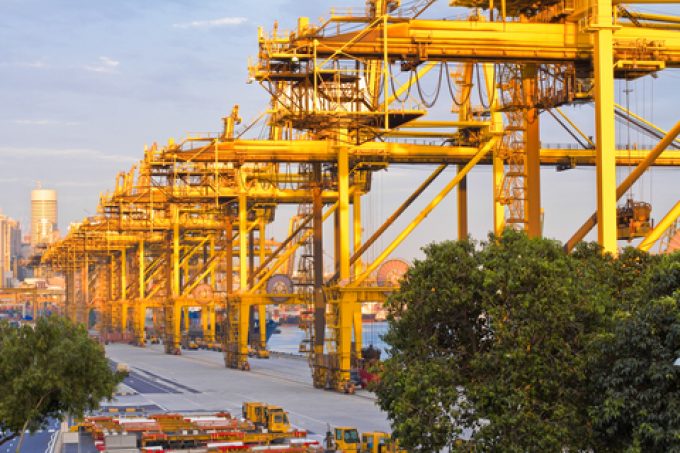MSC revises Mediterranean-US east coast transatlantic network
As the separation of its 2M vessel-sharing agreement (VSA) with Maersk continues to gather steam, ...

Container ports “will take years” to recover from the coronavirus pandemic, but accelerating trade regionalisation could increase hub-and-spoke transhipment services.
According to PSA International CEO Tan Chong Meng, the industry should be prepared for a recession.
“Bankruptcies will increase, unemployment pressures will rise and consumption will remain relatively sluggish in the medium term,” he noted in a letter to employees.
“Therefore, our business, which relies on trade volumes, will likely be set back two to three years – depending on how long the ...
Asia-USEC shippers to lose 42% capacity in a surge of blanked sailings
USTR fees will lead to 'complete destabilisation' of container shipping alliances
Outlook for container shipping 'more uncertain now than at the onset of Covid'
New USTR port fees threaten shipping and global supply chains, says Cosco
Transpac container service closures mount
DHL Express suspends non-de minimis B2C parcels to US consumers
Zim ordered to pay Samsung $3.7m for 'wrongful' D&D charges
Flexport lawsuit an 'undifferentiated mass of gibberish', claims Freightmate


Comment on this article